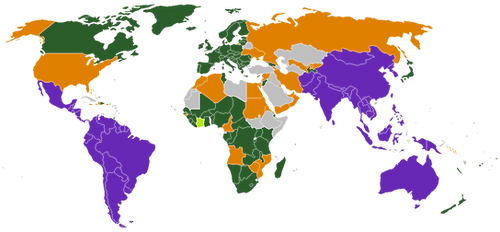Also known as an Oleander Butterfly or the Common Indian Crow.
As caterpillars, this species sequesters toxins from its food plant which are passed on from larva to pupa to the adult.
While feeding, it is a very bold butterfly, taking a long time at each bunch of flowers. It can also be found mud puddling with others of its species and often in mixed groups.
The crow is distasteful due to those chemicals extracted from the latex of the food plants consumed in their caterpillar stage.
The adult butterflies sometimes congregate in groups of thousands at various sheltered coastal valleys from Brisbane to Townsville, Australia, to pass the winter in a state of hibernation.
The adult butterflies have been claimed to have a lifespan of eleven to thirteen weeks.
Crows prefer to rest in branches only a couple of meters off the ground.
This species is famous for its pupa. The pupa is a shiny metallic silvery gold, and is about two cm long. It is usually found hanging from the underside of a leaf of its food plant. The pupa in spite of its appearance is not metallic. The shining effect is the result of of being covered in a number of transparent layers of skin.

Avg. Wingspan: 8 - 9 cm / 3.1 - 3.5"
Avg. Body Length: 3.3 - 3.7cm / 1.3 - 1.45"
Diet: caterpillars feed on a range of plants including Ficus, Hoya, Mandevilla, Nerium, Oleander and Trachelospermum (star jasmine)
Kingdom: Animalia, Phylum: Arthropoda
Class: Insecta, Order: Lepidoptera
* Being Brush-footed butterflies, Crows have a short pair of fore legs that are used to taste food, and two pairs of longer rear legs that are used for propulsion.















